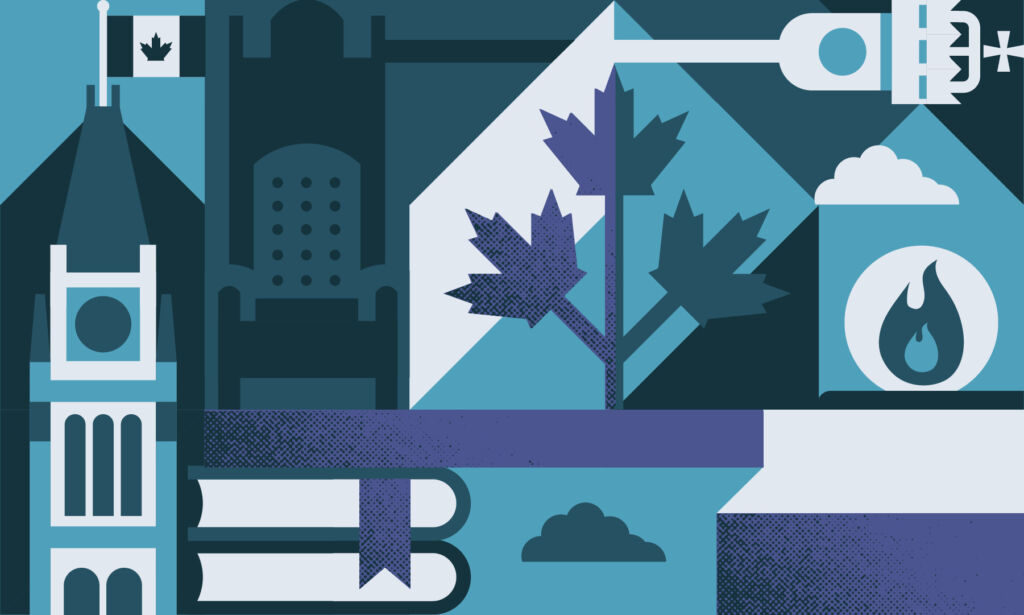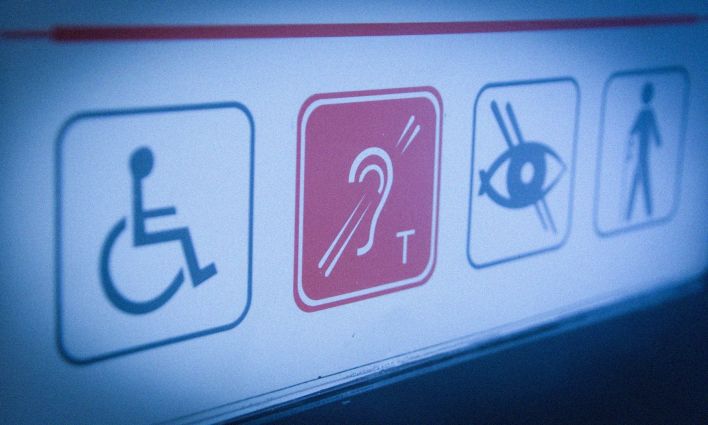As of 2019, over 1.3 million children in Canada were living in poverty. That number is 17.7% of all the children in Canada – more than one in six.
It’s a huge number. If children in poverty had their own province, that province would have a bigger population than Saskatchewan. But children in poverty don’t have their own province, of course: they live in every part of Canada, in every community. Canada, and all its governments, are failing them.
In 1989, Parliament resolved to end child poverty across the country by 2000. That didn’t happen. Thirty years later, Campaign 2000, a non-partisan coalition of 120 organizations, is still working to achieve what should be an easily reachable goal in a country as rich as Canada.
To aid understanding of the issue, CCPA senior economist David Macdonald has created an interactive map showing every federal riding in the country and its child poverty rate. Clicking on a particular riding shows the number of children in poverty in that riding and its child poverty rate; it also shows where that riding ranks compared to the rest of the country. The “best” quintile includes the 20% of ridings with relatively low child poverty rates; the second, third, and fourth quintiles are progressively worse; and the “worst” quintile includes the 20% of ridings with the highest rates. Riding colours range from gold (best) to red (worst).
As the map shows, the distribution of child poverty in Canada is highly uneven. The federal riding with the lowest rate of child poverty is Lévis-Lotbinière, in suburban Quebec City. The rate there is 4.9%. The riding with the highest rate is Churchill—Keewatinook Aski, in northern Manitoba. The child poverty rate in that riding is 64.4%—more than 13 times higher.
Three-quarters of the people living in Churchill—Keewatinook Aski are Indigenous,1 but the poverty crisis reaches beyond Indigenous communities. Many ridings with high levels of child poverty are in Canada’s cities. Others are distinctly rural. Even in leafy suburbs, children are growing up knowing what it’s like to never have enough.
It’s up to policy makers to ensure that no child grows up in poverty, no matter where they live.
[1] For more detail on Indigenous child poverty, see David’s Macdonald’s 2019 report, Towards Justice.







